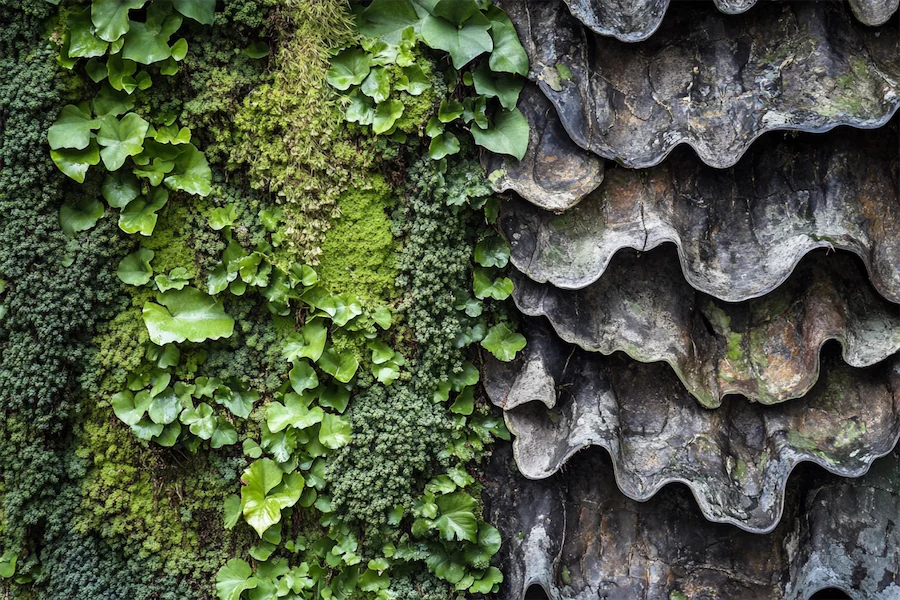Organic architecture is a design philosophy that seeks to create harmony between human habitation and the natural world. This approach emphasizes structures that blend seamlessly with their surroundings, often utilizing natural materials and forms inspired by nature. Walls, as fundamental elements of these structures, play a crucial role in achieving this integration.
History and Origins of Organic Wall Design
The concept of organic architecture was popularized by architect Frank Lloyd Wright in the early 20th century. Wright advocated for designs that were in harmony with humanity and the environment, promoting the use of local materials and forms that reflected the natural landscape. Over time, this philosophy has been embraced and evolved by various architects worldwide, leading to diverse interpretations and applications in wall design.
Key Features of Organic Wall Design
- Natural Materials: Utilizing materials such as wood, stone, and clay to create walls that resonate with the surrounding environment. For instance, the Forest Villa employs large glass panels and green roofs, reflecting the organic architecture principle of blending with nature.
- Fluid Forms: Incorporating curves and undulating shapes to mimic natural forms, moving away from rigid, boxy structures. This approach is evident in designs that shun traditional lines for those that flow and mimic the organic forms found in nature.
- Integration with Surroundings: Designing walls that interact with the landscape, such as living walls with vegetation or walls that follow the natural topography. The Fab Tree Hab concept exemplifies this by proposing homes grown from living trees, integrating the structure directly with its environment.
- Sustainability: Incorporating eco-friendly materials and construction methods to minimize environmental impact. Techniques like using local materials and designing for energy efficiency are common in organic architecture.
Applications of Organic Wall Design
Organic wall designs are applied in various architectural contexts, including residential homes, commercial buildings, and public spaces. For example, the Lotus Temple in Delhi features walls that resemble the petals of a lotus flower, creating a harmonious blend with its natural surroundings.
In interior design, organic walls can create serene environments, as seen in spa-like spaces that promote relaxation and wellness.
Considerations When Choosing Organic Wall Design
- Climate Compatibility: Selecting materials and designs suitable for the local climate to ensure durability and comfort.
- Maintenance: Natural materials may require specific upkeep to preserve their appearance and integrity.
- Cost: Some organic materials or construction methods might be more expensive than conventional options.
- Expertise: Engaging architects and builders experienced in organic design is crucial for successful implementation.
Conclusion
Organic wall design embodies a holistic approach to architecture, fostering a deep connection between structures and their natural environment. By embracing natural materials, fluid forms, and sustainable practices, these designs offer aesthetically pleasing and environmentally responsible solutions that stand the test of time.
